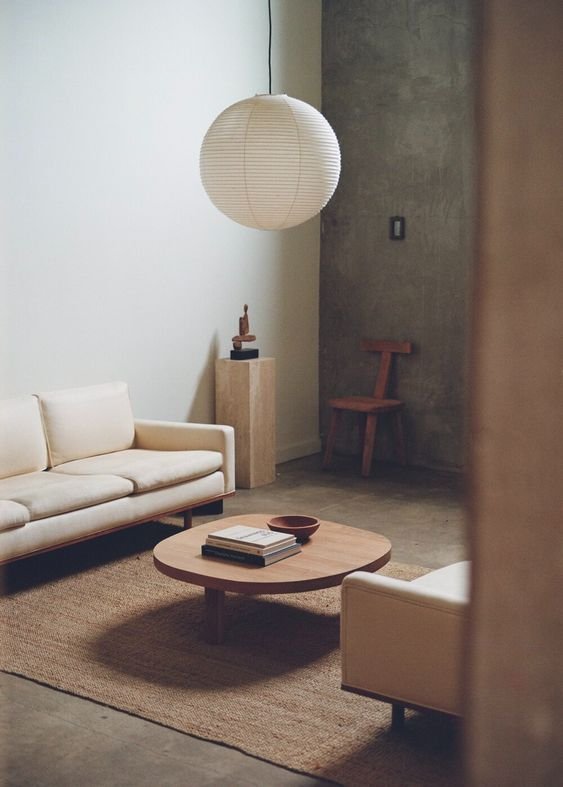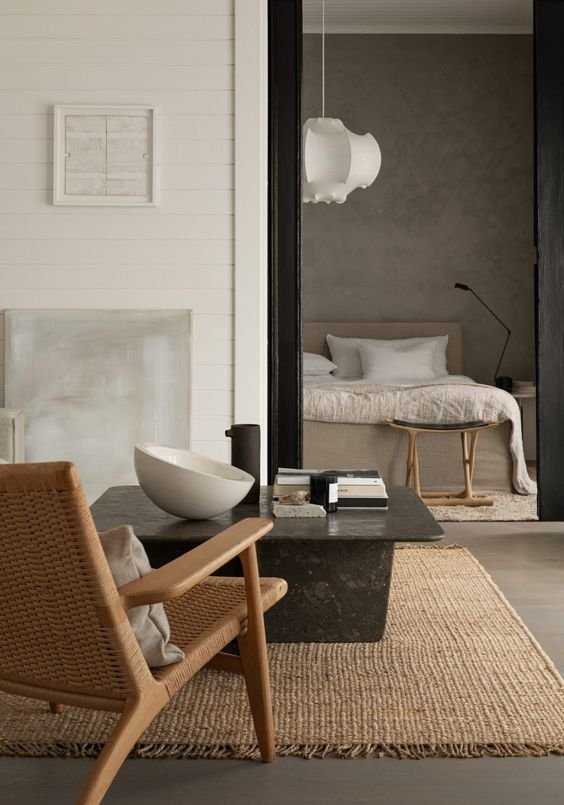HEALING INTERIOR: Creating Spaces for Wellness and Harmony
In the fast-paced world we live in, finding solace and peace within our own homes has become more crucial than ever. The concept of healing interior design goes beyond aesthetics; it delves into creating spaces that nourish the mind, body. Designing our interiors with a focus on reducing stress can have a profound impact on our mental and emotional health.

Image: Pinterest
Image: Pinterest
NATURAL ELEMENTS
Bring the outdoors in is a connection with nature. Incorporate natural elements like wooden furniture, stone accents, and indoor plants. Nature-inspired design not only adds aesthetic appeal but also promotes relaxation and a sense of tranquility.
Here are some tips to bring in natural elements that helps reducing stress:
Interior Plant ( Note: You can always replace real with faux, it still does the job well): The presence of greenery can have a calming effect, helping to create a more relaxed and pleasant environment.
Natural Color and Materials Pottery and Accessories for decorations.
Wooden furniture : Wood brings a warm and natural aesthetic to interiors. The visual appeal of wood is associated with the outdoors and nature, creating a connection to the natural world. This connection can evoke feelings of tranquility and calmness, counteracting the stressors of the modern, often urban, environment.
It’s important to focus natural elements on airflow and air condition and especially natural light.
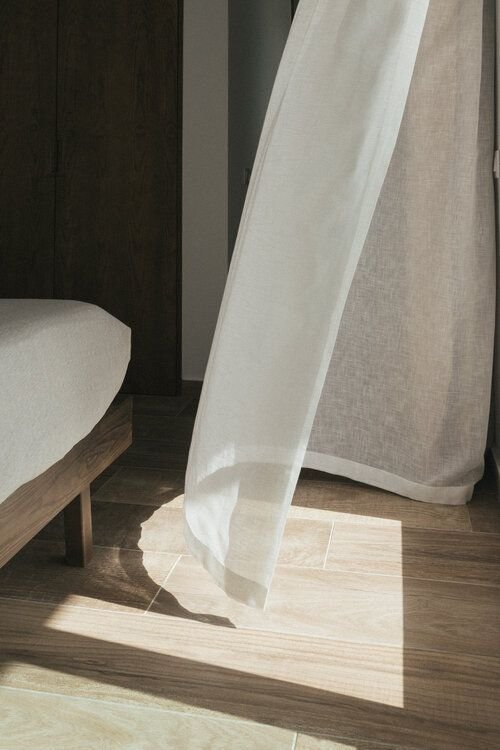
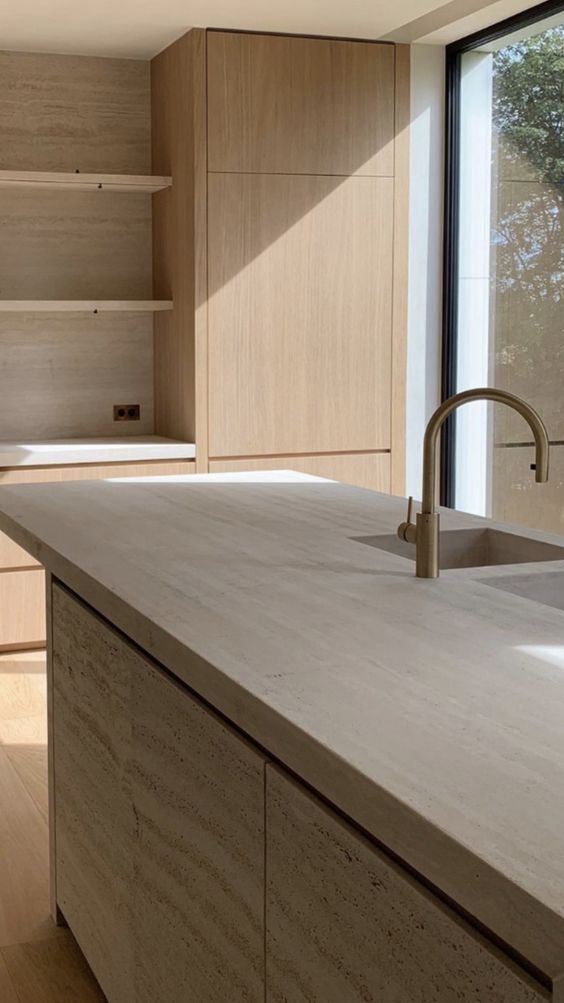


Image: Pinterest
LIGHTING
Lighting plays a crucial role in interior design and can significantly impact our mood and stress levels. Incorporating specific lighting strategies can create a more calming and stress-reducing environment within interior spaces
Here are some tips for lighting that helps reducing stress:
One of my favorite source of light is Dappled Light - a natural lighting effect characterized by soft, diffused light patterns that filter through creating a play of light and shadow. It can evoke a sense of calmness and connection to nature, contributing to stress reduction and overall well-being.
Warm Light source - Add more source of light instead of just recessed lights or one source from the ceiling with floor lamp, sconce light, reading light, table lamp (2700k - 3000k).Opt for warm and soft lighting rather than harsh, cool tones. Warm light, resembling the natural hues of sunrise and sunset, can create a more soothing and comfortable atmosphere.
Candles and natural flames - Incorporate candles or fireplaces where possible. The gentle flicker of candlelight or the warm glow of a fireplace can create a calming, intimate atmosphere, reducing stress and promoting relaxation.
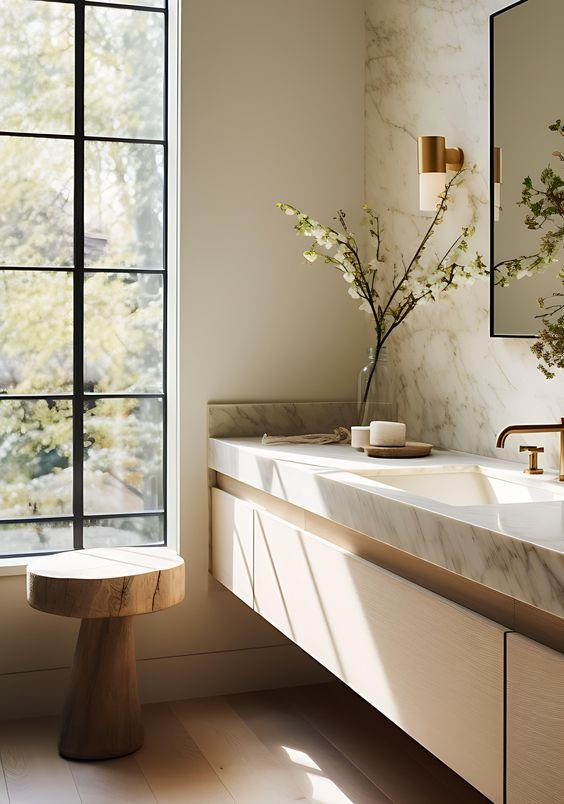
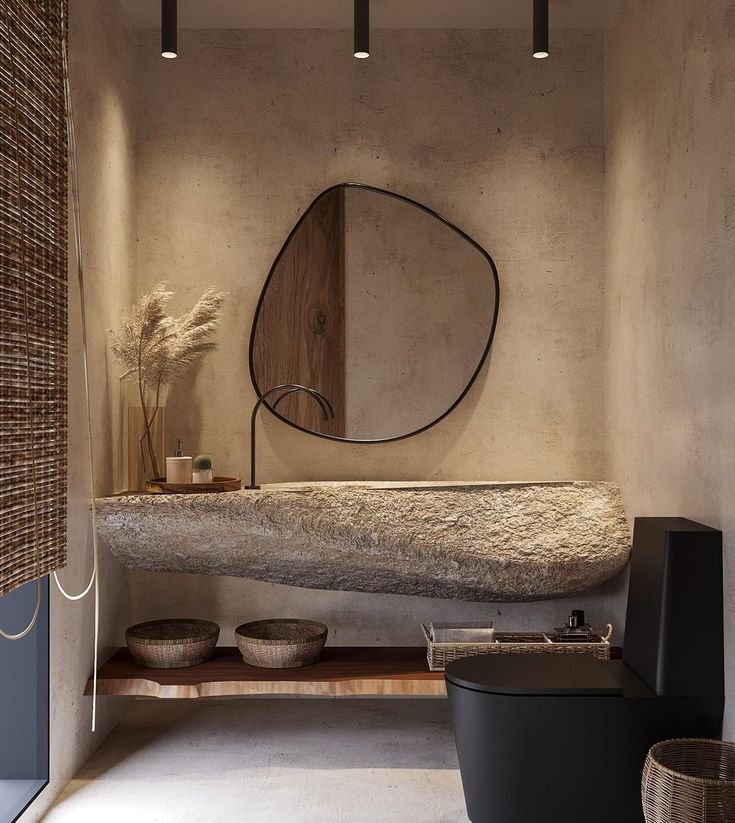
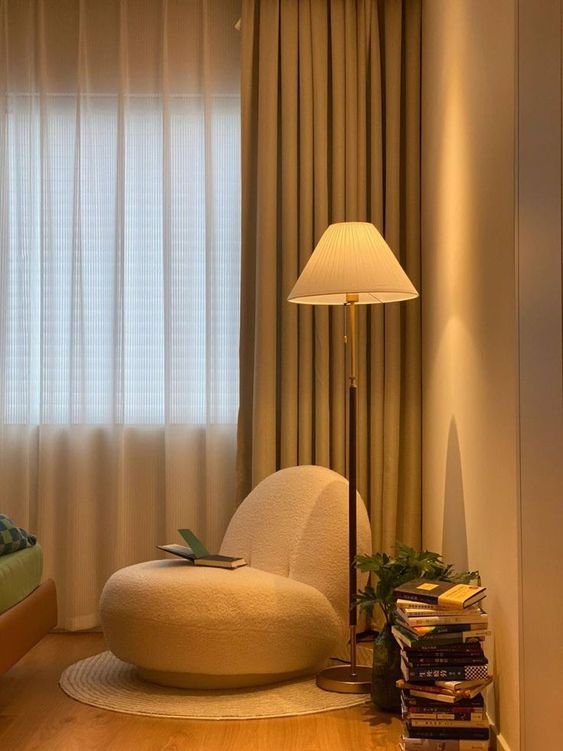
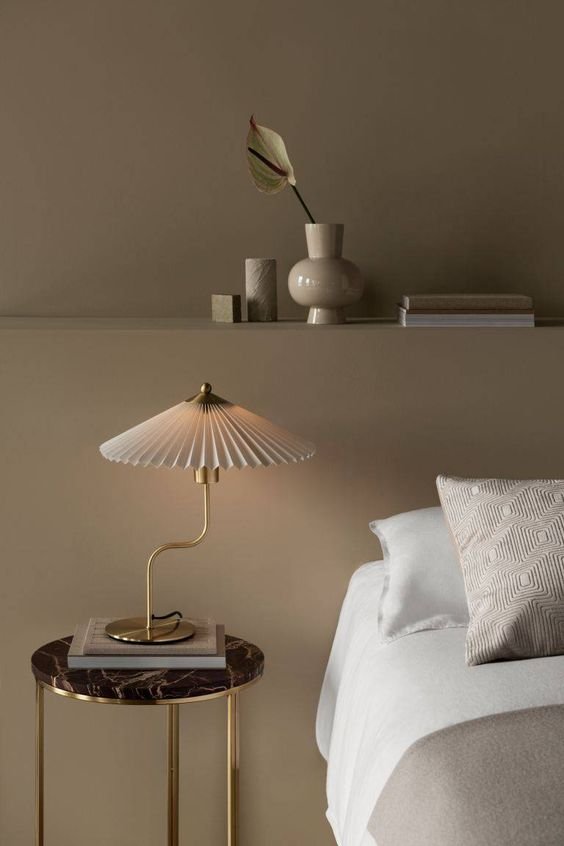
Image: Pinterest
CALMING COLOR PALETTE
The colors we surround ourselves with can influence our mood and stress levels. Opt for a calming color palette dominated by soft blues, greens, and neutral tones.
Here are some tips to bring in calming color palette that helps reducing stress:
It’s time to say goodbye with WHITE/ COOL GRAY
Warm / neutral tones limewash paint creates a distinct, textured finish that is unlike the uniformity of modern paints. It has a soft color, chalky appearance that adds depth and character to walls. This textured finish lends a sense of history and a rustic, aged look, which can be appealing for those seeking a more organic and authentic design.
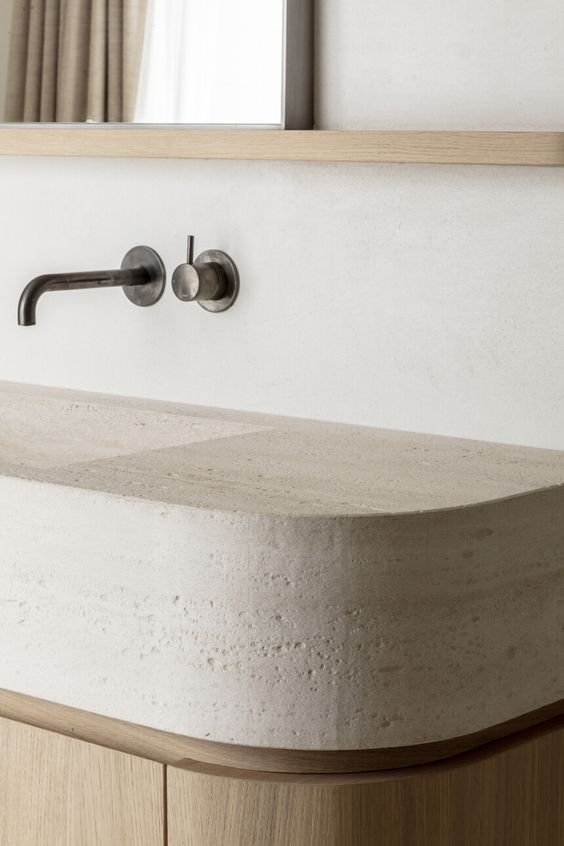
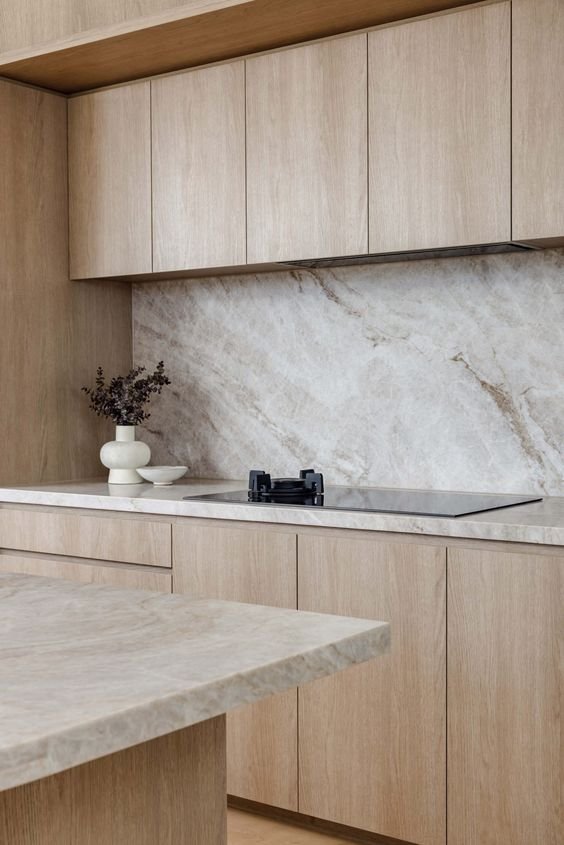
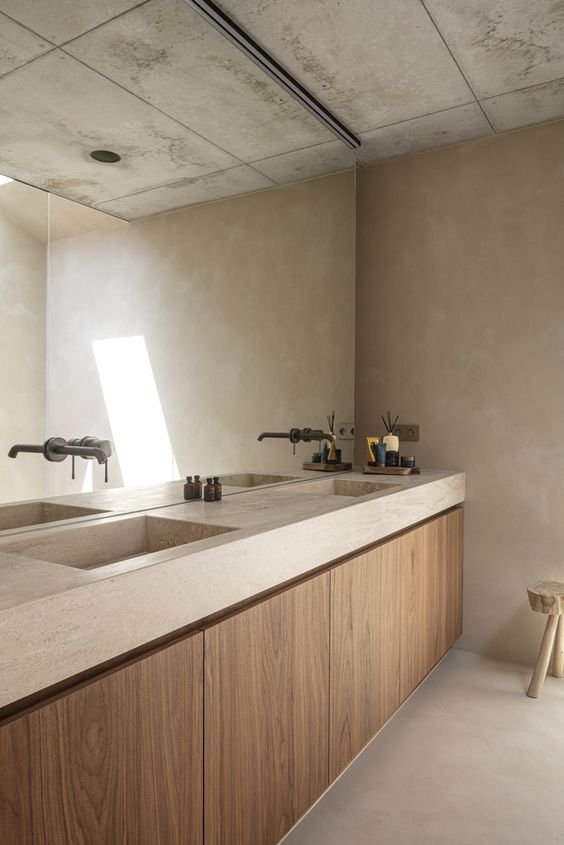

Image: Pinterest
DECLUTTERED SPACE
Simplify your living spaces by decluttering and organizing. Consider incorporating storage solutions that keep essential items within reach but out of sight, promoting a clean and peaceful atmosphere.
Clutter-free doesn’t mean Minimal
A clutter-free space is simpler to clean and maintain. This reduces the stress associated with overwhelming cleaning tasks, allowing for quicker and more manageable upkeep of your living environment.
Consider sleek storage solutions and minimalist design elements to maintain visual simplicity.
